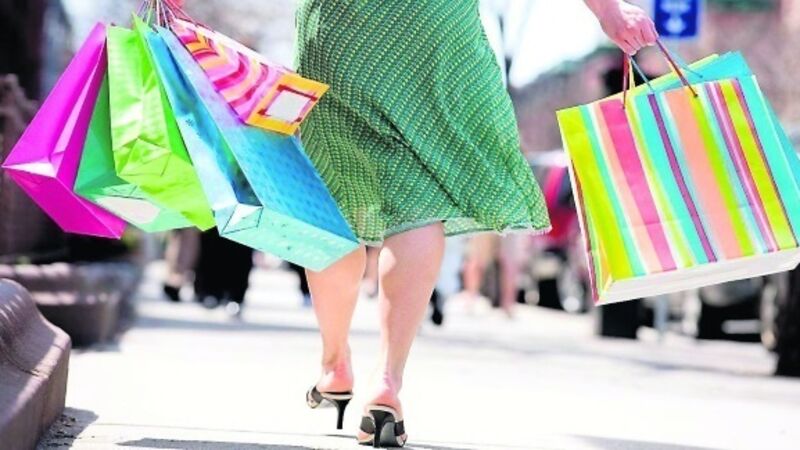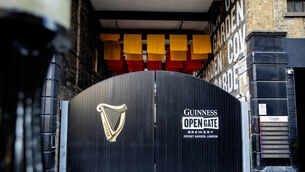UK highstreet credit soars

Boosting the unexpectedly robust post-Brexit vote economy in what could prove to be a big spending spree ahead of an expected rise in prices.
Net consumer lending beat expectations to jump by over £1.92bn (€2.25bn) in November — the biggest monthly rise since March 2005 — and is 10.8% higher than a year earlier, Bank of England data showed.
Overall economic growth in Britain is likely to have been among the fastest of advanced economies in 2016. However, it will face a tougher test this year as the effect of sterling’s sharp fall since June’s Brexit vote to leave the EU starts to show up in consumer prices.
Consumer spending was the main motor for British growth in the three months after the referendum, with households saving the smallest share of their income since 2008. Wednesday’s figures suggest this trend continued into the end of 2016, but it is unclear how much longer it will last.
“Such rapid growth in unsecured credit is unsustainable over the medium-term, and the recent fall back in consumer confidence suggests that households will borrow more cautiously in 2017, subduing growth in consumption,” Pantheon Macroeconomics economist Samuel Tombs said.
Consumer sentiment surveys have shown shoppers are concerned about the economic outlook as Britain prepares to start two years of talks to leave the EU, though they are still willing to make major purchases.
In a possible harbinger, major clothing retailer Next cut its profit forecast for the current financial year yesterday after a poor Christmas and warned of a further decline.
November’s hefty borrowing figures could reflect shoppers taking advantage of Black Friday deals ahead of expected price rises, said Martin Beck, an adviser to forecasters EY Item Club.
The British Retail Consortium said prices fell in December at the slowest rate since mid-2015, and construction firms blamed a weaker currency for the biggest jump in costs since 2011 in a survey by financial data company Markit.
Economists expect overall consumer price inflation to approach 3% in 2017, up from less than 1% for 2016 as a whole, while output growth halves to little more than 1%.













